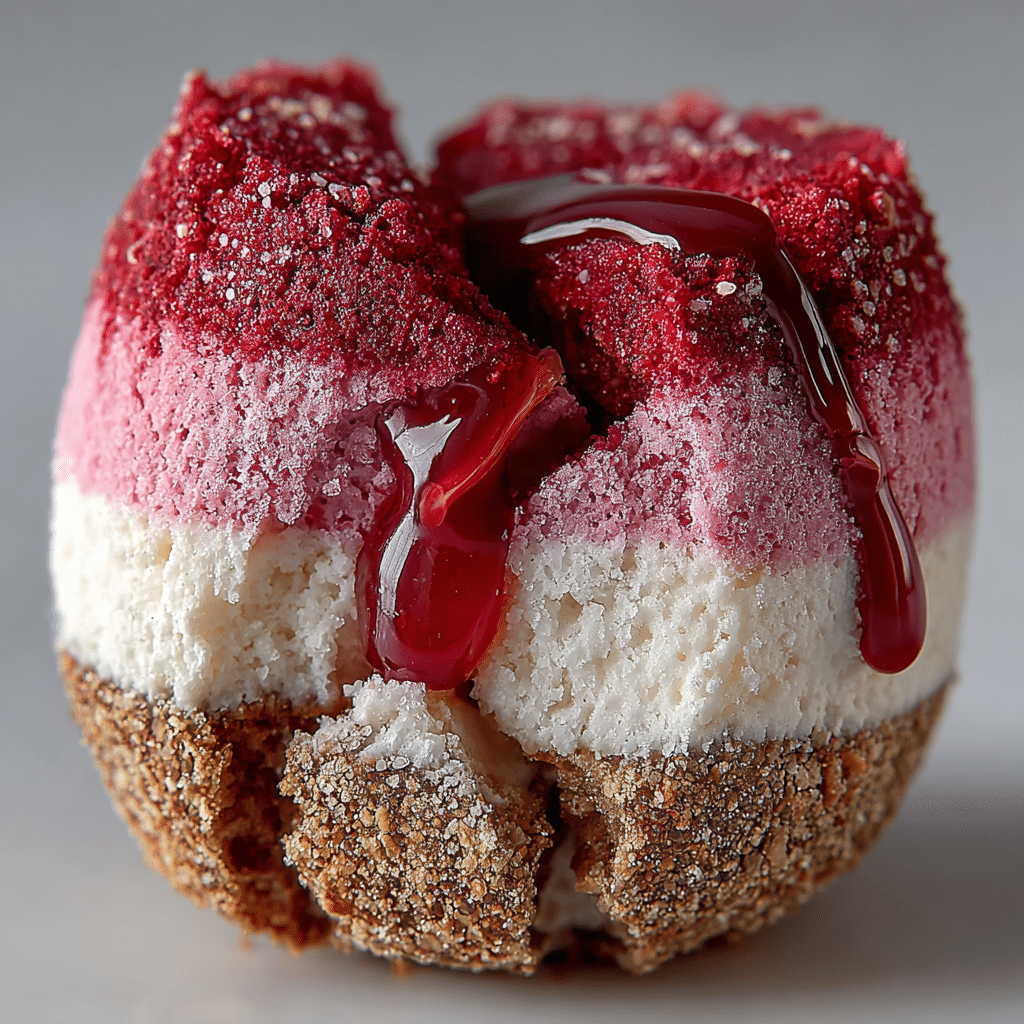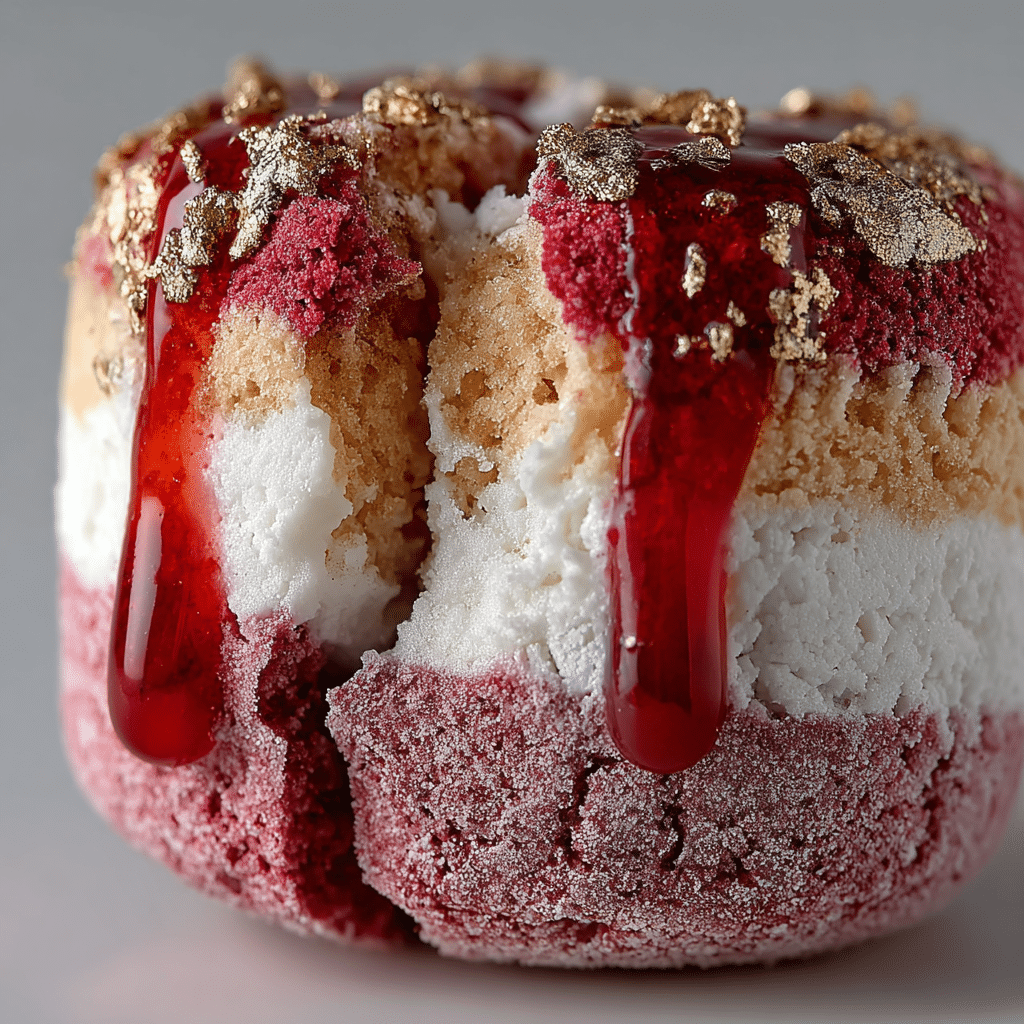How My No-Bake Mistakes Taught Me More Than My Wins
From runny pies to crumbly crusts, I’ve messed them all up
My first Icebox Cake was more of a puddle than a slice. The crust floated. The cream refused to hold. I stood there staring at the fridge, hoping it would somehow firm up on its own. That’s when I realized: I needed no-bake troubleshooting, not another recipe.

Over the years, I’ve over-sweetened fillings, under-chilled bars, and misjudged everything from coconut cream texture to the humidity in my kitchen. I even once used almond milk whip in a tart that never saw structure again. But every flop taught me something that makes my no-bake desserts better today.
Table of Contents
Why learning no-bake troubleshooting makes every dessert better
If you’re making No-Bake Strawberry Pie or cheesecake jars, understanding why things fall apart is just as important as knowing how to put them together. That’s why I created this no-bake troubleshooting guide.
It’s not just about salvaging recipes—it’s about building dessert intuition. Learning no-bake troubleshooting gave me the confidence to adapt, swap, and save desserts on the fly. Now, even when things go sideways, I’ve got tools to fix them.
So if you’re staring at a runny pie or soft cookies and wondering what went wrong, you’re in the right place. This no-bake troubleshooting guide has your back.
No-Bake Troubleshooting Starts with Structure
Common reasons your cake, bars, or filling won’t firm up
If you’ve ever pulled a no-bake dessert from the fridge and found it more pudding than pie, you’re not alone. The #1 reason no-bake recipes fail to set? Structure—and that’s where no-bake troubleshooting begins.
The most common culprit is liquid imbalance. Using too much maple syrup, lemon juice, or watery coconut milk dilutes the setting agents. For example, Gluten-Free No-Bake Cake relies on high-fat ingredients like coconut cream or nut butter to firm up properly. When these are replaced or reduced, the filling stays soft.
Lack of chill time is another frequent issue. While some treats need just 2 hours in the fridge, others—especially ones with thicker fillings like our Quick Vegan Pie Crust base—benefit from an overnight set. Skip that step, and your dessert won’t hold.
Ingredient swaps and fixes that actually work
Here’s where no-bake troubleshooting gets smart. If your filling won’t thicken, try blending in soaked cashews, coconut yogurt, or silken tofu. These add body without heaviness. If your crust crumbles, bind it with a medjool date or a spoonful of maple syrup.
For layers that stay soft, freeze them briefly, then transfer to the fridge. If you’re dealing with a watery texture, reduce the liquid next time by 1–2 tablespoons or add chia seeds for absorption.
With a few adjustments, most no-bake disasters can be rescued—and prevented next time. That’s the power of understanding no-bake troubleshooting from the inside out.
Troubleshooting No-Bake Cookies That Won’t Set
Temperature issues and timing mistakes
When no-bake cookies turn out too soft or sticky, the problem often starts in the saucepan. Most recipes involve boiling a mixture of sugar, plant-based milk, and coconut oil before stirring in oats or nut butter. But if that mixture doesn’t boil long enough—or boils too much—your cookies won’t set properly.
Here’s the sweet spot: once the mixture starts bubbling, keep it at a rolling boil for about 60 to 90 seconds. Undercooking leaves too much liquid; overcooking crystallizes the sugar. Either way, texture suffers. Using natural peanut butter? Watch out—it’s runnier and affects set time. For better results, opt for a firmer, no-stir version or stir in extra oats.
This is one of the most common issues in no-bake troubleshooting. Temperature control is crucial, especially when working with unbaked recipes where chemistry replaces baking time.
How to fix soft, sticky, or grainy no-bake cookies
Let’s say your cookies didn’t firm up—now what? First, try chilling them. Many soft no-bake cookies respond well to 30–60 minutes in the fridge. Still too soft? Roll them into bites and freeze them. They’ll hold shape and still taste great.
If your cookies turned grainy, it likely means the sugar didn’t dissolve fully. Next time, make sure you’re stirring thoroughly while heating, and don’t skip the boil.
For sticky or oily cookies, stir in more oats or crushed nuts to absorb excess fat. And if you’ve hit the point where reshaping is necessary, press the mixture into a pan and cut into bars. This form is forgiving and still fits the no-bake spirit.
No-Bake Troubleshooting for cookies is all about minor course correction—small changes, better results.

No-Bake Cheesecake Troubleshooting for Smooth, Firm Results
Why your cheesecake collapsed (and how to rescue it)
Few things are more disheartening than slicing into a cheesecake and watching it cave in. If this has happened to you, you’re not alone—and you’re definitely not doomed. Most no-bake cheesecake fails come down to one thing: not enough structure.
The filling should be thick but smooth before it ever hits the crust. If it’s runny in the bowl, it won’t set in the fridge. Common missteps include using the wrong plant-based cream cheese or over-whipping coconut cream until it separates. When this happens, use the no-bake troubleshooting fallback: chill, scrape it out, and reblend with 1–2 tablespoons of thickener like soaked cashews or coconut yogurt.
If you’ve tried our No-Bake Cheesecake Cups, you know how essential balance is—fat for firmness, sweetener for stability, and chilling for cohesion. If even one is off, your cheesecake will show it.
Crust issues, filling fails, and the best fixes I’ve learned
A crumbly crust that won’t hold together is usually too dry. Add a teaspoon of melted coconut oil or maple syrup and re-press it. If the crust is soggy, your filling might be too wet—or the dessert sat out too long. For future batches, try brushing the crust with melted dark chocolate before filling to create a seal.
Over time, I’ve come to love no-bake troubleshooting because it turns frustration into clarity. Whether you’re layering Vegan Strawberry Cream Bars or a towering cheesecake, small fixes make big differences.
Always chill longer than you think you need, taste as you go, and write down what worked. That’s the heart of every solid no-bake troubleshooting plan.
No-bake desserts are supposed to be simple—but when things go wrong, they can feel like a mystery. That’s exactly why this no-bake troubleshooting guide exists. From cookies that won’t set to cheesecakes that collapse, every mishap is a chance to learn, adjust, and do it better the next time.
Once you understand what affects texture, structure, and setting, your confidence grows. You start tweaking instead of tossing. Saving a recipe becomes second nature. Whether you’re layering an Icebox Cake, blending No-Bake Cheesecake Cups, or pressing the perfect crust for a Vegan Strawberry Cream Bar, you’ll have this guide to fall back on.
Mistakes happen—even to experienced dessert makers. But now, you’ve got the tools to troubleshoot without panic and the know-how to chill with confidence.
Ready to move from mistakes to mastery? Explore more dessert saves and successes in our Quick Vegan Pie Crust guide or learn how to layer with ease in our Chia Jam Filling Guide.
For visual inspiration and more culinary ideas, connect with other food enthusiasts and exchange ideas. Follow us on Pinterest and Medium. You’ll discover stunning presentations and helpful tips to perfect your dishes!
Frequently Asked Questions (FAQ)
Why are my no bakes not setting?
If your no-bake dessert isn’t setting, it’s likely due to low fat content, too much liquid, or not enough chill time. Use high-fat ingredients like coconut cream or cashew base, and always allow several hours in the fridge—or overnight—for best results. Our No-Bake Cheesecake Cups are a great example of the structure you should aim for.
What are the common mistakes in no bake cookies?
The most common mistake is not boiling the sugar mixture long enough. Undercooking leads to sticky, soft cookies, while overcooking creates a crumbly or grainy texture. Timing and temperature control are crucial in no-bake cookie recipes. If you need a solid starting point, try pairing your cookies with our Quick Vegan Pie Crust method for better results.
Can you fix no bake cookies that didn’t set?
Yes. Place them in the fridge or freezer to firm up. If they’re still soft, reshape them into bars or balls and chill again. You can also stir in more oats or shredded coconut to absorb excess moisture. With a little patience, most soft no-bake cookies can be salvaged without tossing the whole batch.
How to fix a no bake cheesecake that didn’t set?
Scoop out the filling, re-blend it with an extra tablespoon of thickener (like cashew butter, coconut yogurt, or melted cocoa butter), and pour it back into the crust. Chill overnight. Prevent this next time by ensuring your mixture is thick before chilling. For inspiration, check out our Vegan Strawberry Cream Bars, which hold shape beautifully.
